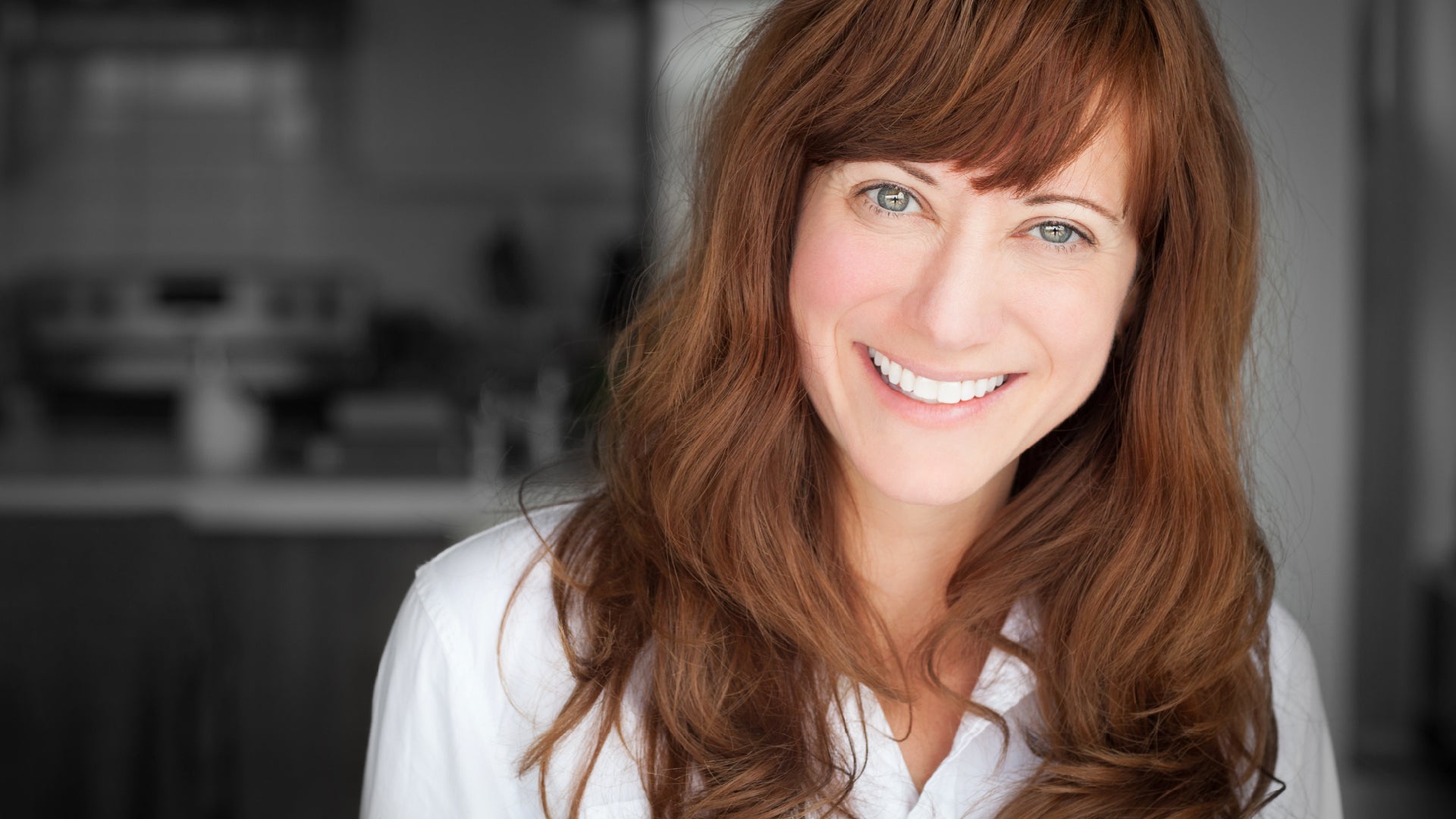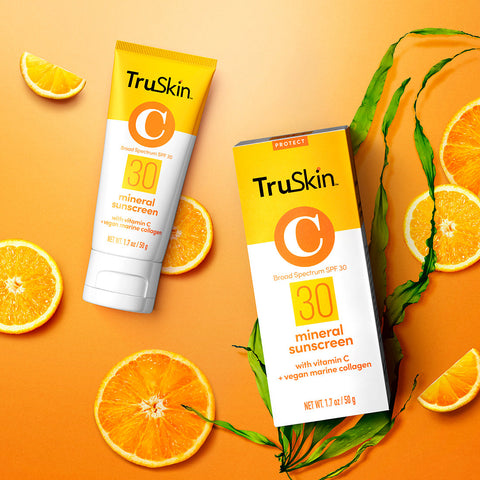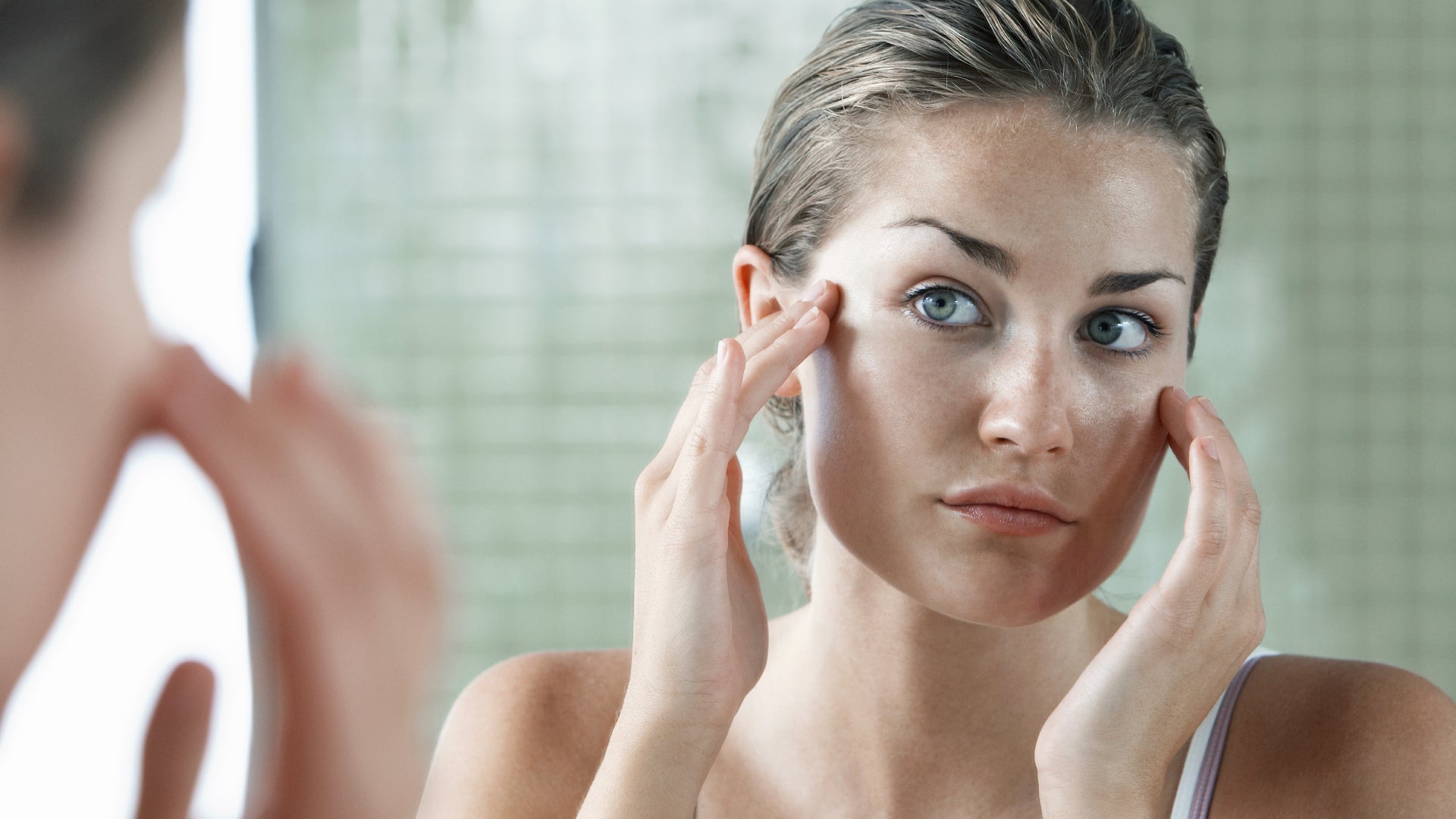
The Lowdown On AHAs, BHAs and PHAs In Skincare
Skincare acronyms can be super confusing sometimes, but there are some terms you really should know about. Namely AHAs, BHAs and PHAs. Why? Because skincare acids could be just what your skincare routine has been waiting for.
Slapping acid on your face was probably not among the beauty tricks your beloved grandma told you about as a young girl. Cold cream, maybe. But skincare acids? We doubt that very much.
But the thing is, facial acids can help treat any number of skincare concerns including acne, scarring, pigmentation, dull skin, dryness, heck even fine lines and wrinkles. And while they used to be only available via chemical peels or professional facials, smaller concentrations of these little dreamboats are now widely available in skincare formulations.
So, while dear grandma’s secret to ageless skin might well have been her trusty cold cream, for you newer generations it’s all about the alpha, beta and polyhydroxy acids – or more simply put, AHAs, BHAs and PHAs.
Here’s what we know…
A Look At AHAs (alpha hydroxy acids)
Alpha hydroxy acids are water-soluble chemical compounds that can be naturally occurring or synthetically produced. Most AHAs are extracted from fruit or milk sugars and they’re used primarily in skincare for their exfoliation skills – which are top of the class, btw.
Unlike physical exfoliators like scrubs and loofahs which manually slough away dead skin cells, chemical exfoliators like AHAs work to dissolve the bonds between skin cells to encourage the dead, dull ones to fall off. This process helps accelerate cell regeneration for a smoother, brighter, more even complexion. The extent of exfoliation depends on the type of AHA used, as well as its pH and concentration (usually around 4 percent for at-home use and up to 70 percent for professional peels).
The Benefits Of AHAs
You know those pesky visible signs of aging that freak you out every time you look in the mirror? Well, fighting the likes of fine lines, wrinkles and discoloration is what AHAs live for.
As you get older, the rate in which your skin cells turn over slows down which means dead skin cells hang around for way too long on the surface of your skin. This causes dullness, unevenness, dryness and dehydration which can age you up way before your time. By encouraging fresh new skin to grow, however, AHAs help solve these skin woes.
Also, if you regularly incorporate an AHA into your routine – whether through monthly chemical peels at the doctor’s office or with at-home skincare – it will continue to encourage collagen and elastin production for a cumulative anti-aging effect. We’ll take a group hug for news like that.
The Main AHA Players
Glycolic acid is the most highly researched of all the AHAs and is known as the do-it-all acid. Derived from sugar cane, glycolic acid has a very low molecular weight which makes it darn good at its job – AKA penetrating the skin. It’s a very popular peeling agent because of its efficiency and potency, but while it's great for normal, oily and acne-prone skin types, it can sometimes be irritating for sensitive complexions.
This is where lactic acid comes into play. Lactic acid can be extracted from fermented milk sugars or vegan sources such as beets or tapioca and has a larger molecular size than its glycolic cousin. This means it doesn’t penetrate the skin quite as well, so it takes longer to take effect. Lactic acid is way gentler, however, and studies have shown that it can also have moisturizing benefits so is the safer bet for sensitive or dry skin types.
Our Eye Cream contains a clever blend of both glycolic and lactic acids
Next Up, We Have BHAs (beta hydroxy acids)
Just like AHAs, beta hydroxy acids work to increase cell regeneration through chemical rather than physical exfoliation. BHAs, however, are oil-soluble rather than water-soluble which means they not only accelerate cell turnover on the skin’s surface, but they also penetrate through the lipid layers between the skin cells to get deeper into your pores. This helps target and reduce excess sebum to clear as well as brighten the skin.
Again, the efficacy of any skincare formulation containing BHAs depends on its pH and concentration. In this case, anywhere between 0.5 and 5 percent should offer visible results.
The Benefits Of BHAs
BHAs are a massive deal for anyone struggling with oily, inflamed or spotty skin because they help reduce inflammation, fight bacteria and dry up excess oil.
While dry, aging or dehydrated skin types dream of upping their sebum levels, for those oily or combination types among you, an excessive amount of sebum is the devil. Super-oily skin often clogs the pores and can lead to, like, a gazillion problems (OK, so we exaggerate, but if you suffer with breakouts it often feels this way, right?).
The Main BHA Player
When it comes to BHAs, there’s only one player worth mentioning – mainly because it’s the only one used in cosmetics and dermatology, but still. This BHA, dear friends, is the mighty salicylic acid. Derived from the bark of willow trees and used to treat skin concerns for over 2,000 years, salicylic acid is found in thousands of acne-fighting treatments from cleansers and toners to serums and moisturizers. And the good news is, it works, without completely stripping the skin of moisture.
Not only does salicylic acid target pores and increase cell turnover, but it also has antibacterial and anti-inflammatory properties which is music to the ears of anyone who suffers with red, angry flare-ups.
C-Plus Super Serum contains just the right amount of salicylic acid
Finally, Don’t Forget PHAs (polyhydroxy acids)
While AHAs and BHAs have been around for years, PHAs are very much the NKOTB. Often seen as the underdogs of the hydroxy acids, PHAs are basically a new generation of water-soluble AHAs with all the exfoliating, cell regenerating benefits… but with less of the side-effects. The reason for their gentle nature? PHAs are formulated with multiple strands, so they have a larger molecular size than AHAs and are therefore unable to penetrate the deeper layers of your skin. Instead, they work exclusively on the skin’s surface to boost cell renewal without irritating your complexion.
The Benefits Of PHAs
PHAs are where to go if you’re concerned about the visible signs of aging but have super-sensitive skin – yes, even rosacea or atopic dermatitis. They might take a little longer to do their business, but if your skin flares up at even the thought of exfoliation, these are your guys. More good news for sensitive skin: PHAs have humectant and moisturizing qualities to help hydrate your skin and strengthen its natural protective barrier. As with all active ingredients, however, a patch test is still a good idea to triple-check for sensitivities.
The Main PHA Players
While a bit of a mouthful, gluconolactone (sometimes referred to as gluconic acid) is one PHA worth remembering – especially if you’re in the market for a mild exfoliation treatment for pigmentation issues like melasma and sun spots.
Lactobionic acid is another commonly used PHA which is an oxidized form of lactose and extracted from cow’s milk. Lactobionic acid has been shown to have antioxidant properties so it's a great choice for fighting the damaging effects of environmental stressors such as UV radiation and pollution.
One Last Word: Most skin acids make your skin more sensitive to the sun, so always apply a broad-spectrum SPF 30+ daily whenever using an AHA, BHA or PHA in your skincare routine.




















